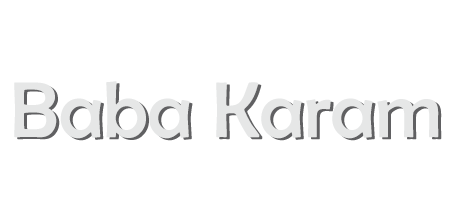
Dance is the best way to showcase a sentiment. The Baba Karam dance from ethnic Persia originated as a sad dance in the ancient, traditional form but with the passage of time has evolved into a contemporary style. A dance form belonging to the chain dance genre from Persia, now known as Iran, Baba Karam has become more of a humorous experience, a playful imitation marked by alluring flirtations and combined with an urban look. In this dance, the performers mimic the attire, behaviour and attitude of the working–class men of Iran. In the Farsi or Persian language, Baba means ‘a man’ in this context and Karam is slang for ‘Chah Karam’ which means ‘I am at your service’. A contemporary form of chain dance developed in the 19th century, Baba Karam is also sometimes, referred to as the Persian style of modern hip hop dance.
There are a few stories about the origin of this dance. One older version is about a servant of the royal court who fell in love with a harem girl and sang lovelorn songs to which, the dance was performed by men. Modern version of the story is about a mafiasco leader whose name was Baba Karam who showed off his machismo by means of his walk and demeanour. This style of Persian dance with a European look of a black hat and formal shirt with one side tucked in and other left outside was made popular by Baba Karam. In the other version, Baba Karam was a baker who worked during the day while in the night, he and his friends put on a black hat and coat and go about drinking and flirting with ladies. Sometimes, it is also included in the ‘Jaheli’ dance form of the 9th and 10th centuries, which was made popular around 1960s and 70s by Jamileh, a well known danseuse from Iran.

Baba Karam dance is performed mostly during celebrations and parties. It is a very popular dance form and is performed for fun and enjoyment. The dance is a type of suggestive dance showing off the machismo attitude of men. The motion of the upper part of the body is emphasized with the focus being on the movements of the hand, swaying of the hips and facial expressions such as lifting of the eyebrows and quivering of the lips. The charm and expertise of an individual dancer in interpreting the music in their own special way adds to the fun. Each individual dancer follows his or her own steps but within the realms of dancing rules and regulations. A tone of alluring flirtation marks the facial expressions of the dancers. Baba Karam is performed by men, men and women who are sometimes, dressed as men.

Baba Karam dance is performed to the accompaniment of recorded music and songs. The songs may be traditional or contemporary. However, the dancers also perform the dance on the Baba Karam song.
Baba Karam dance follows a unique pattern, which follows traditional steps but the look is urban–European. The costume is made up of a black fedora hat, a white shirt worn along with a tie and black formal pants (tucked in from one side). The costume resembles the formal dress of working class men and women. However, women follow the same style of dressing while dancing Baba Karam.
Traditionally, Baba Karam dance was performed by men but nowadays, women dress up like men and mimic their mannerisms. However, due to certain social prohibitions of the conservative Islamic society, it is mostly performed by the migrant population of Iran than the Western countries. The emigrant population has invented new styles of Baba Karam by fusing it with different dance forms such as salsa, jazz and other elements.



